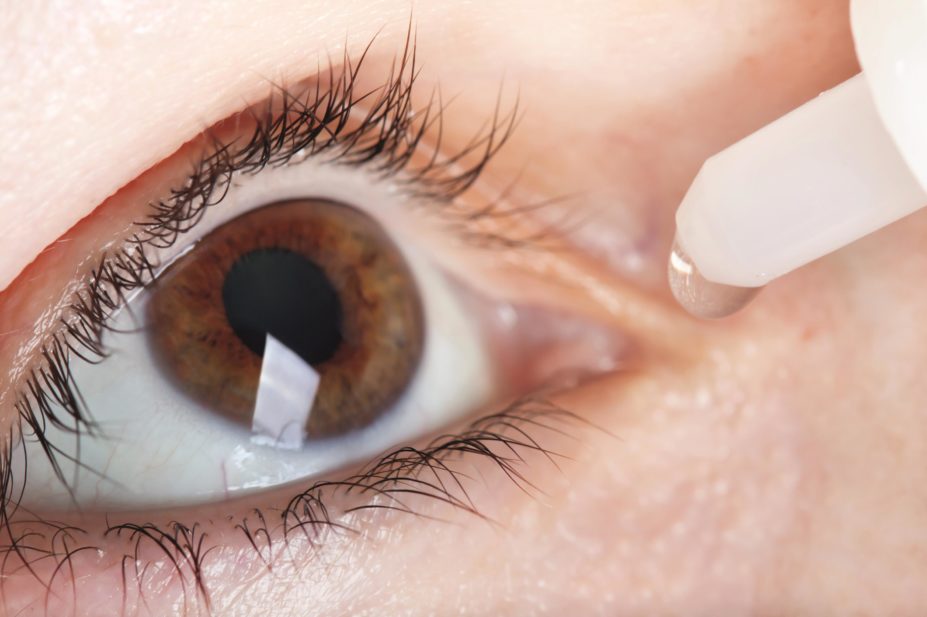
Shutterstock.com
People visit pharmacies to seek advice on everything from hay fever to stomach bugs and sprained wrists. While it is known that people also ask their pharmacist about dry eye, we know little about the frequency of such complaints or how knowledgeable pharmacists are in providing quality care, since they receive little formal training on the condition.
The Pharmaceutical Journal has joined forces with UK health company RB and surveyed members of the Royal Pharmaceutical Society to gauge how commonly dry eye is seen in the pharmacy and devise an independent editorial campaign to address the learning needs of pharmacists.
According to more than 1,000 members who responded to our survey, almost a third of community pharmacists speak to patients about dry eye at least once a day and approximately 96% do so at least once a month. The full survey results can be found at: www.pharmaceutical-journal.com/download?ac=1070925
To better understand how pharmacy can meet this high patient demand, we brought together several experts from across optometry, ophthalmology and pharmacy. At the round table discussion (see
‘Multidisciplinary panel of experts agree on best treatment of dry eye conditions in community pharmacy’), a broad consensus was reached on the most appropriate approach that pharmacy teams should take when consulting with patients.
An infographic (see ‘Dry eye: pathology and treatment types’) provides a comprehensive explanation of the pathophysiology of the two main forms of dry eye — evaporative dry eye and aqueous deficiency dry eye — including how degradation of the tear film can lead to a cycle of inflammation and different over-the-counter treatments available to relieve symptoms.
A learning article (see ‘Identification of dry eye conditions in community pharmacy’) explains how pharmacists can identify patients with symptoms of dry eye and how these conditions can be diagnosed. A second article (see ‘Recommending dry eye treatments in community pharmacy’) outlines the best clinical practice from initial presentation to referral to an optometrist or specialist secondary care.
While it is not unusual for opticians and pharmacies to be located near one another, the two rarely work together. One scheme in England is changing that, says independent optometrist Francesca Marchetti (see ‘High-street pharmacies and opticians should work together to help manage minor eye conditions’), and it should serve as a model for a nationwide programme.
This scheme, and indeed this supplement, aim to improve the management of patients with dry eye in primary care. Pharmacy teams can meet the requirements of patients with minor dry eye conditions and reduce unnecessary visits to hospitals; giving some much-needed relief to a secondary care system under strain.
We are grateful for the financial support of RB in producing this supplement. The Pharmaceutical Journal retains full control of all editorial content.



